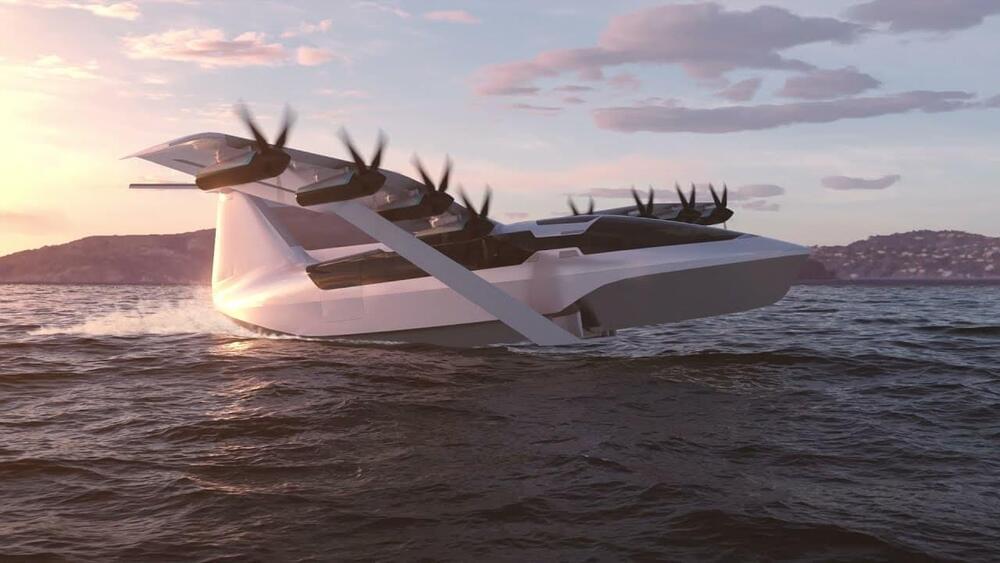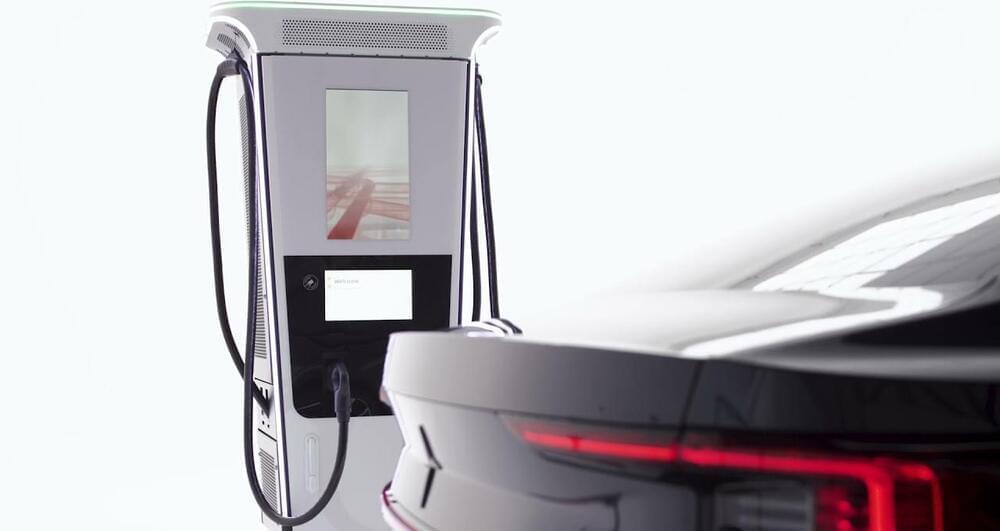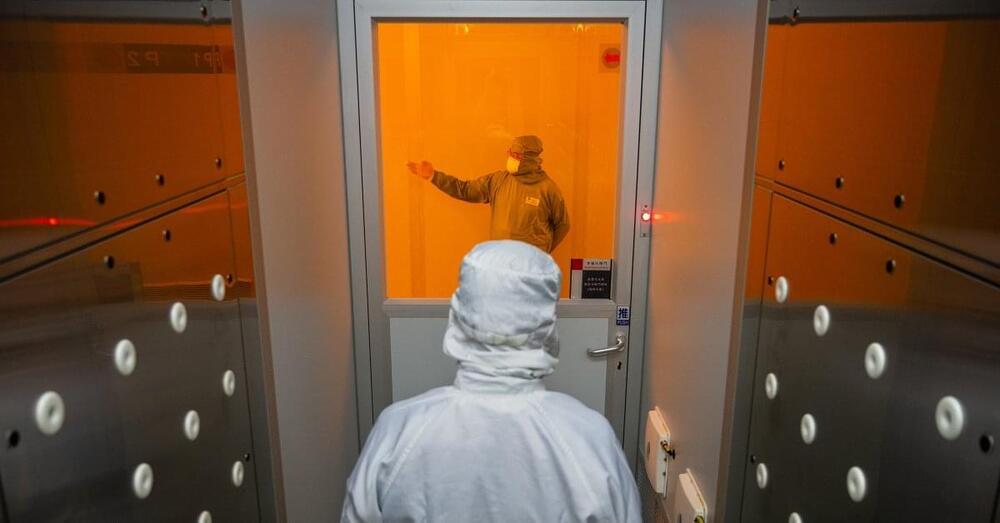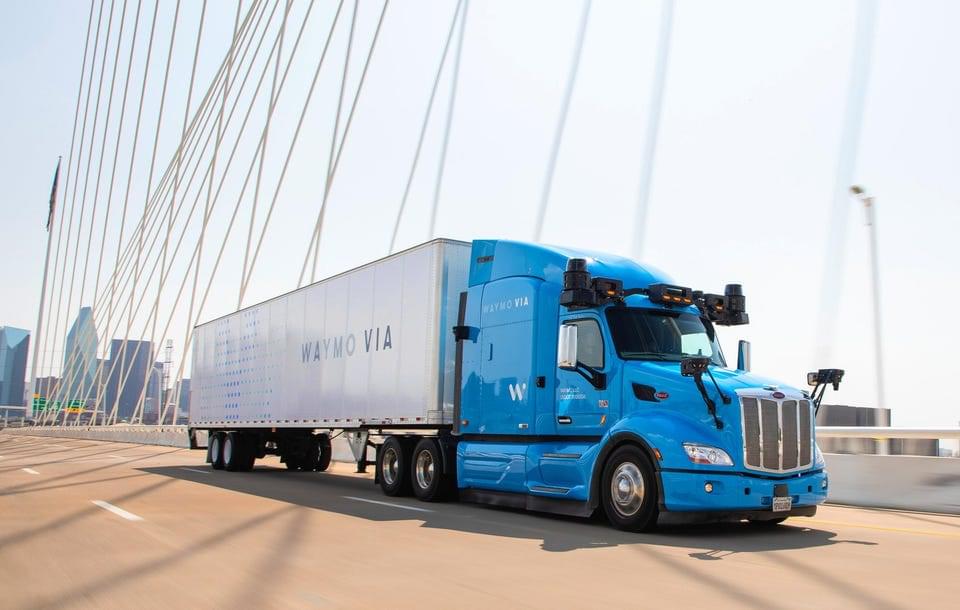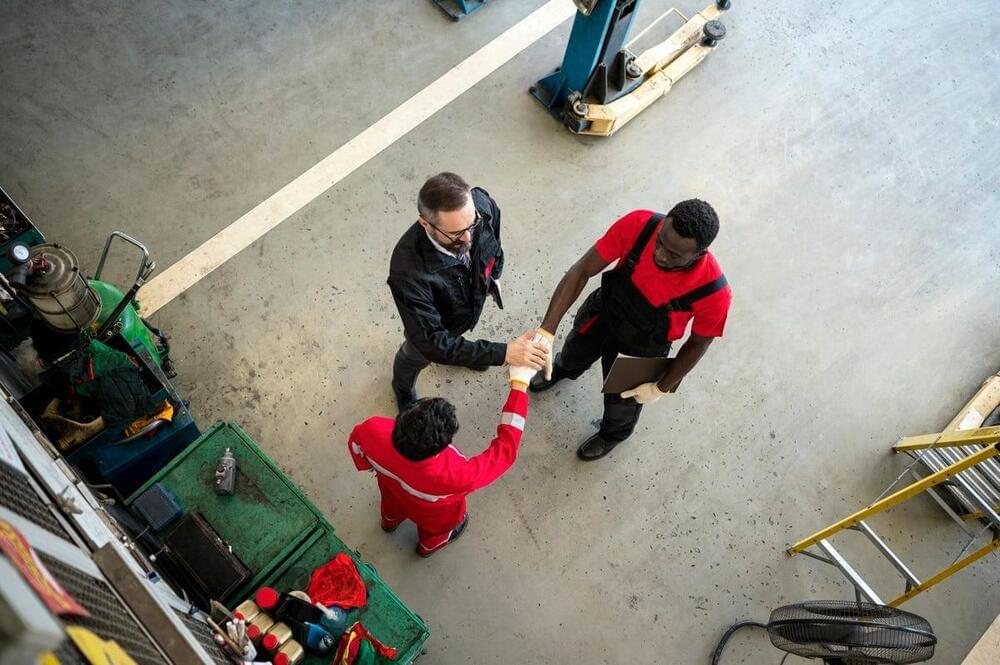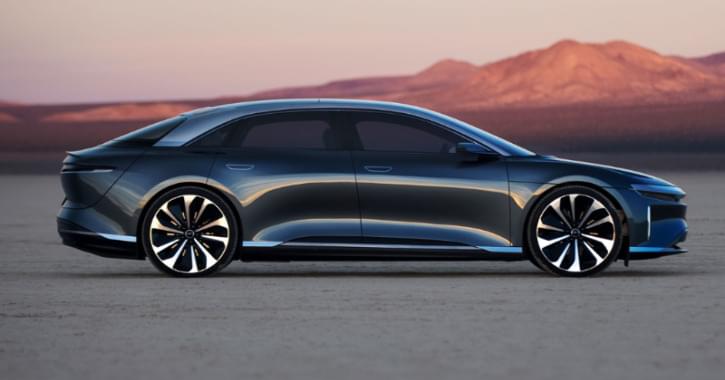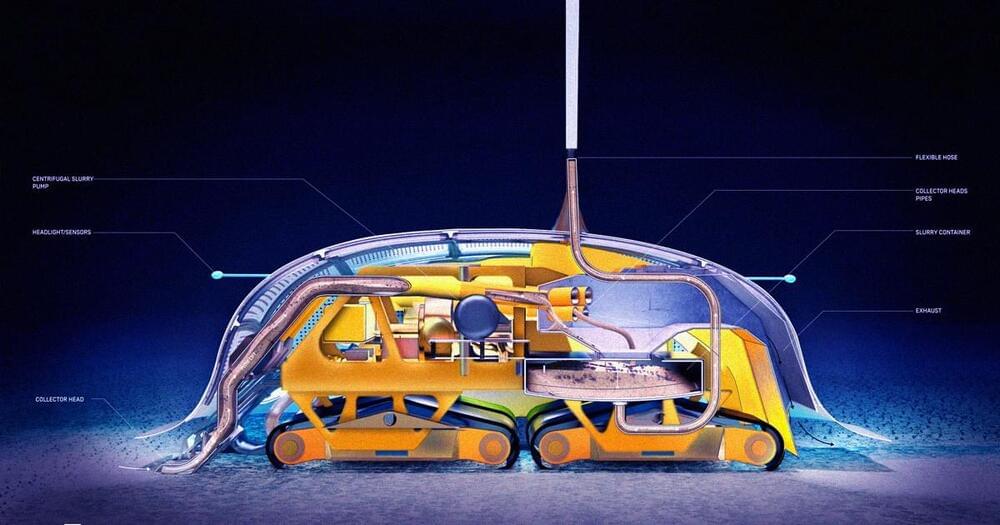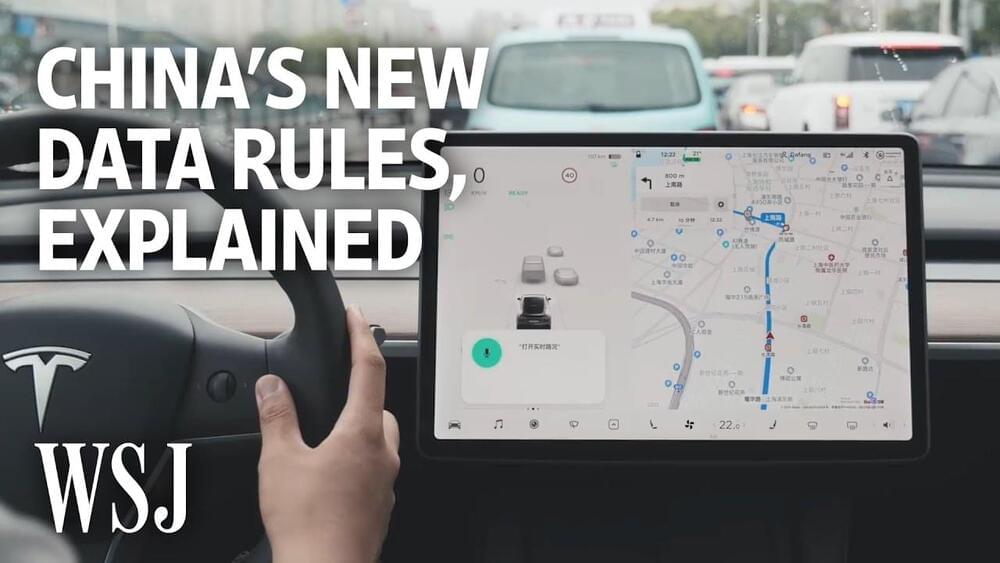Boston-based company Regent has taken US$465 million in pre-orders for its super-fast electric “Seaglider.” Using the wing-in-ground effect, this 180-mph (290-km/h) beast promises twice the range of an electric aircraft, and a revolution in coastal transport.
“The speed, comfort, and navigation systems of an aircraft with the convenience, maneuverability, and affordability of a boat,” reads the Regent press release, marking approximately the first time boats have ever been called affordable or maneuverable.
So, what is this thing? Well, it’s the latest incarnation of a ground-effect vehicle, or GEV – with a couple of twists. GEVs are aircraft designed to fly so low (within one wingspan of the water’s surface) that they ride on an air pressure cushion between the wing and the surface, giving them extra lift and radically boosting their efficiency. They can’t – or at least, don’t – fly outside the ground effect, enabling them to be certified and registered as boats in certain areas.
